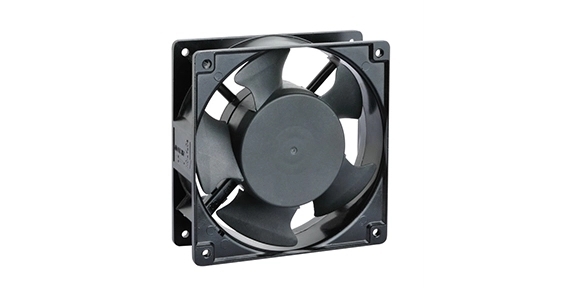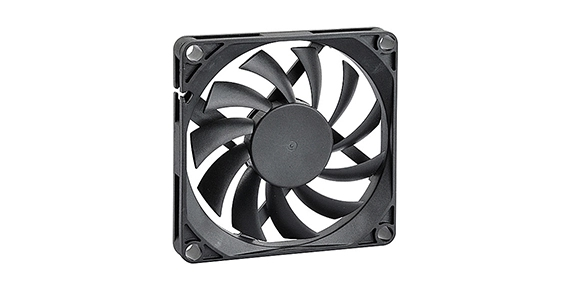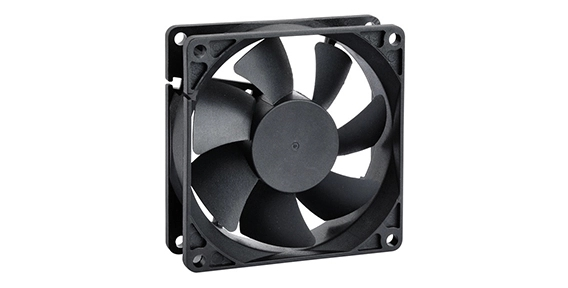At the core of an AC centrifugal fan's operation lies the fundamental principle of centrifugal motion. Unlike axial fans that propel air in a linear path through the blades, centrifugal fans leverage the power of centrifugal force. This force comes into play when the fan's impeller draws air into the center and then expels it at a right angle to the intake. This unique motion generates higher pressure, making centrifugal fans well-suited for applications requiring the overcoming of air resistance.
Central to the operation of an AC centrifugal fan is its impeller, a crucial component responsible for creating the centrifugal motion. The impeller, typically equipped with curved blades, draws air radially into its center as it spins. The curved design of the blades accelerates the air, causing it to move outward due to centrifugal force. This outward motion results in the creation of higher pressure, setting the stage for efficient airflow in high-resistance environments.
One of the distinguishing features of AC centrifugal fans is their adaptability, achieved through varied blade configurations. Forward-curved blades are commonly used for applications requiring high airflow, while backward-curved or radial blades are employed when higher pressure is essential. This versatility allows centrifugal fans to cater to specific airflow requirements, making them suitable for a diverse range of applications.
The Inner Workings of an AC Centrifugal Fan
The impeller and motor of an AC centrifugal fan work in tandem to create the desired airflow. The motor provides the necessary power to drive the rotation of the impeller, inducing the centrifugal motion that distinguishes these fans. The seamless symbiosis between the impeller and motor ensures the consistent generation of centrifugal force, allowing the fan to excel in scenarios where air resistance must be overcome.
AC centrifugal fans are typically housed within an enclosure, which serves to guide the airflow and optimize the centrifugal effect. The design of the enclosure contributes to the directionality of the expelled air, ensuring that it is expelled at a right angle to the intake. This directional flow is crucial in applications where the precise movement of air is essential, such as in HVAC systems, industrial processes, and air filtration units.
Modern AC centrifugal fans often incorporate features for enhanced energy efficiency and control. Variable speed settings allow users to adjust the fan's rotational speed, providing flexibility in adapting to changing airflow requirements. This not only contributes to energy savings but also allows for a more tailored approach in scenarios where maintaining specific airflow conditions is critical.

Applications of AC Centrifugal Fans
In industrial settings, AC centrifugal fans play a pivotal role in various processes. From exhaust systems in factories to air filtration units in cleanrooms, these fans provide precise and efficient airflow. Their capacity to adapt to different blade configurations makes them valuable in industries where high-resistance applications are prevalent.
AC centrifugal fans in industrial axial fans find applications in commercial and residential ventilation systems, where overcoming air resistance is essential for efficient airflow. From kitchen exhaust hoods to bathroom ventilation, these fans contribute to maintaining a healthy and comfortable indoor environment. The adaptability of their blade configurations allows for tailored solutions in various ventilation scenarios.
In conclusion, the operation of an AC centrifugal fan revolves around harnessing centrifugal force to create efficient airflow. The impeller's role in inducing centrifugal motion, the collaboration between the impeller and motor, the directional flow guided by the enclosure, and the adaptability through variable speeds contribute to the effectiveness of these fans. As technology advances, these fans continue to be integral components in ensuring optimal air circulation and quality across diverse industries and environments.


 EN
EN 

 +
+
 +
+
 +
+



